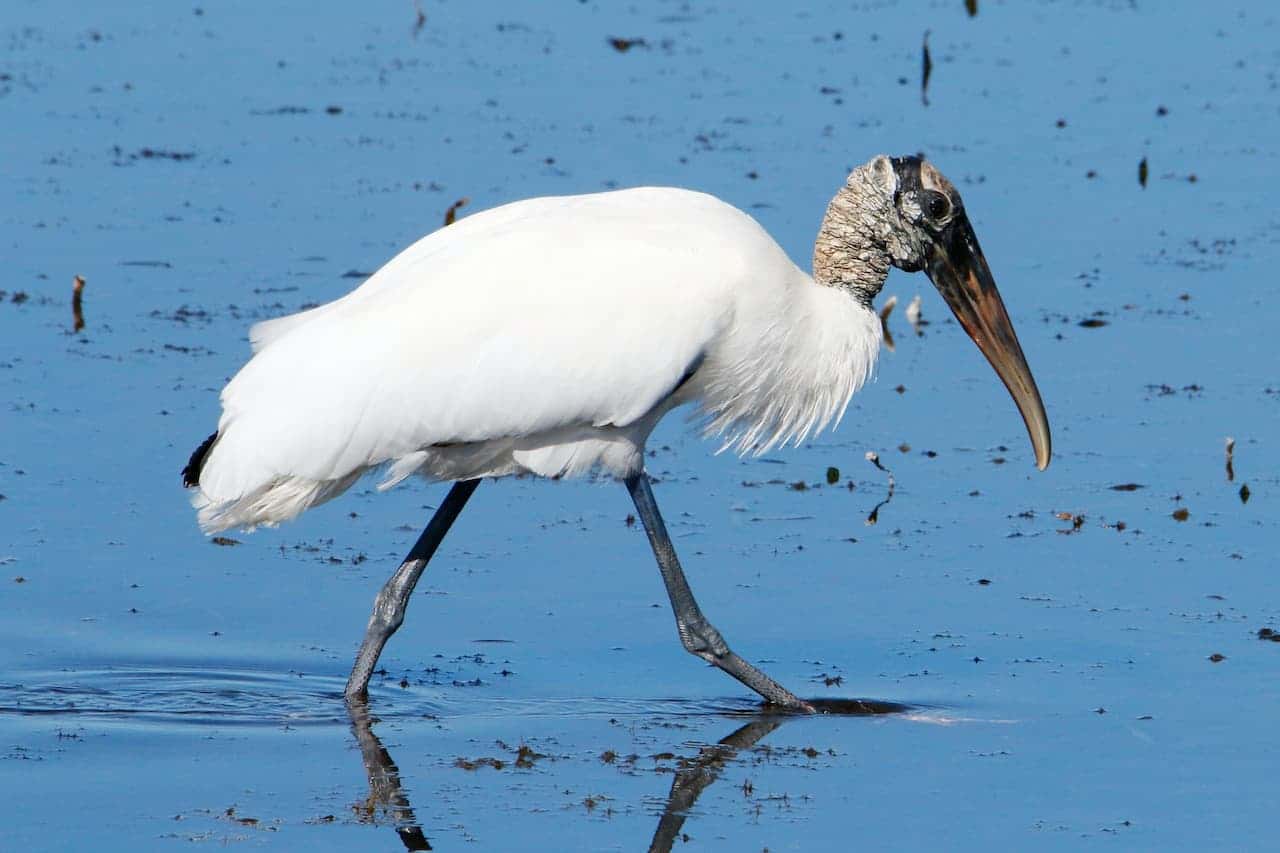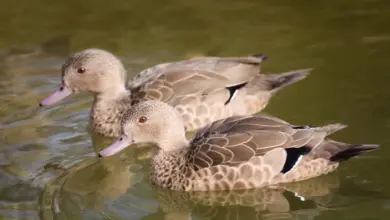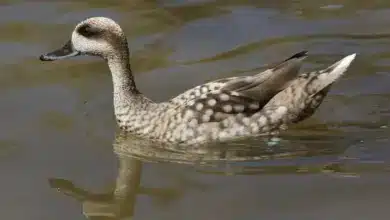Threskiornis – a genus of ibises
Threskiornis – a genus of ibises
Threskiornis is a genus of ibises (wading birds) that occur in the warmer parts of the Old World in southern Asia, Australasia, and sub-Saharan Africa.

They mostly inhabit shallow fresh and tidy marshy wetlands, tidal mud flats, swamps, lagoons, floodplains, and open grasslands.
They are often observed in large flocks roosting in trees in or near water, bullrush beds, or mangroves.
Ibises resemble herons and share many of their habitats and behavioral traits, but unlike herons, ibises fly with necks outstretched and often in V-formation.
Description
The adults average 75 cm in length. The plumage of most species is white, the exception being the Straw-necked Ibis, which has a dark back.
The bald head, neck, and legs are black. The thick bill is down-curved.
Males and females look alike.
Juveniles have a duller plumage and whiter necks.
Species and Ranges:
- (African) Sacred Ibis, Threskiornis aethiopicus
- Found in sub-Saharan Africa and southeastern Iraq
- Madagascar Sacred Ibis, Threskiornis BernieriFound in Madagascar and Seychelles
- Réunion Sacred Ibis, Threskiornis solitarius – extinct species
- Formerly occurred on the island of Réunion located in the Indian Ocean, east of Madagascar
- Black-headed Ibis, Threskiornis melanocephalus
- Breed in South Asia and Southeast Asia from Pakistan to India, Sri Lanka east up to Japan.
- Australian White Ibis, Threskiornis molucca
- Found across much of Australia.
- Straw-necked Ibis, Threskiornis spinicollis – Sometimes placed in the separate genus Carphibis (Jameson, 1835) as Carphibis spinicollis
- .Found occur much of Australia, except parts of Western Australia, South Australia, and south-west Tasmania. They are also found on Norfolk Island and Lord Howe Island, in Indonesia and New Guinea.

Breeding / Nesting
Most breeding activities are observed after the rainy season when plenty of food is available.
They typically nest in colonies, often with other water birds.
The nests are shallow cup-shaped platforms of sticks, grasses, or reeds that are typically situated on trees near a body of water, such as rivers, swamps, or lakes. Although some ibises also make their nest amongst rocks and on cliffs,
The average clutch consists of 2 – 4 eggs. The nests are often reused year after year.
Diet / Feeding
Ibises mostly feed in shallow waters on aquatic insects, mollusks, frogs, and food sifted from the water surface.
Their diet also includes insects caught on land, as well as lizards, worms, skinks, and other small reptiles.
Ibis Information and Listing of Species … Ibis Species Photo Gallery





